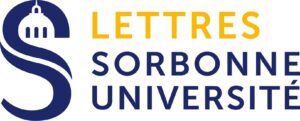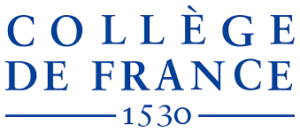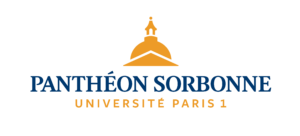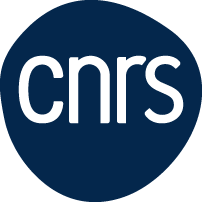Mapping Ancient Arabia for enhancing knowledge and shifting paradigms (MAPARABIA)
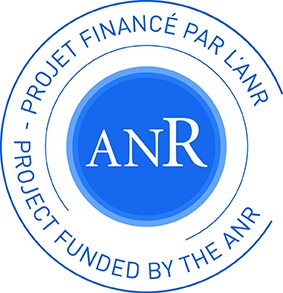 Mapping Ancient Arabia for enhancing knowledge and shifting paradigms
Mapping Ancient Arabia for enhancing knowledge and shifting paradigms
Financement : Agence Nationale de la Recherche
For the past 50 years, the research on Ancient Arabia has been extremely dynamic and a considerable amount of data was made available. However, tools for their analysis are still lacking and syntheses have to be written. This observation is the prime mover behind the MAPARABIA project.
The objective of the project is to model territorial and cultural dynamics of Ancient Arabia by crossing archaeology and textual sources, in order to enhance the production of a renewed regional history from the beginning of the first millennium BC to the 7th century AD.
Many issues regarding the Pre-Islamic Arabian Peninsula are to be addressed : the settlement and urbanization process in an arid environment ; the nature and evolution of religious practices ; the adoption of Judaism, Christianity and their impact on the origin of Islam ; the languages and writings, for their intrinsic values as much as for their significance as markers of identity ; the socio-political organization of Arabia and its evolution. The approach purports to be global and societal. By addressing these topics, the ambition is to highlight the origins of Pre-Islamic literate societies and their evolution until the major transition to Islam.
The project encompasses a variety of fields of research : history, archaeology, epigraphy, linguistics, palaeography, geomatics, and geography. Fifteen specialists of these disciplines form the consortium and come from four of the major laboratories dedicated to pre-Islamic Arabia : Orient & Méditerranée (UMR8167, Paris) ; Archéorient (UMR5133, Lyon) ; Dipartimento di Civiltà e Forme del Sapere (University of Pisa) ; and ISMA (CNR, Rome). The purpose is to create a close collaboration bewteen the French developers of several archaeological and epigraphic databases and the Italian team managing the DASI archives, a key project in the field of digital humanities and epigraphy. The method consists in gathering, extracting, homogenizing, mapping and analysing data through a semantic and spatial approach. A major interest of the method is to highlight the long-term variations of the spatial distribution of many cultural phenomena. This way, processes such as emergence, spread, acculturation, adoption, adaptation, shrinking, decline will be made visible and their analysis possible.
The project is divided into four work packages, each ending up in a specific output : the development of a digital geobase and an on-line Geographic Information System devoted to the mapping of settlement and cultural features in Arabia (WP1) ; the development of an on-line Knowledge Organization System in the shape of a gazetteer of place names (WP2) ; the production of a Historical Atlas of Ancient Arabia (WP3) ; the development of a digital Thematic Dictionary of Ancient Arabia (WP4). The development of tools for the analysis and the synthesis of data collected in the frame of past projects shall provide support to illustrate and promote the recent radical shifts of paradigm in the historical knowledge of the region, and to arouse new ones.
The project will benefit from the resources of the TGIR Huma-Num and will meet the requirements on open access concerning data and publications. Through the constitution of a perennial, interoperable archive structured in three repositories (geobase, gazetteer, dictionary) and a website as the main agent for the dissemination of this archive (webmapping module ; Thematic Dictionary module), the project will impact both the specialists of our fields of research, and the wider academic community by providing ease of access to critical sources for the understanding of the Ancient World and the emergence of Islam.
